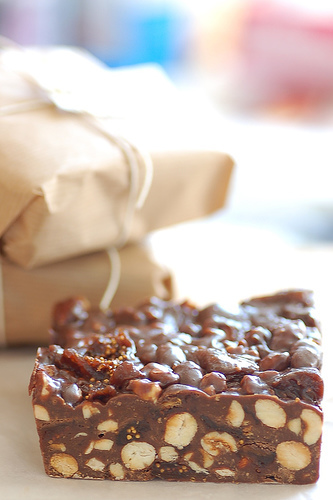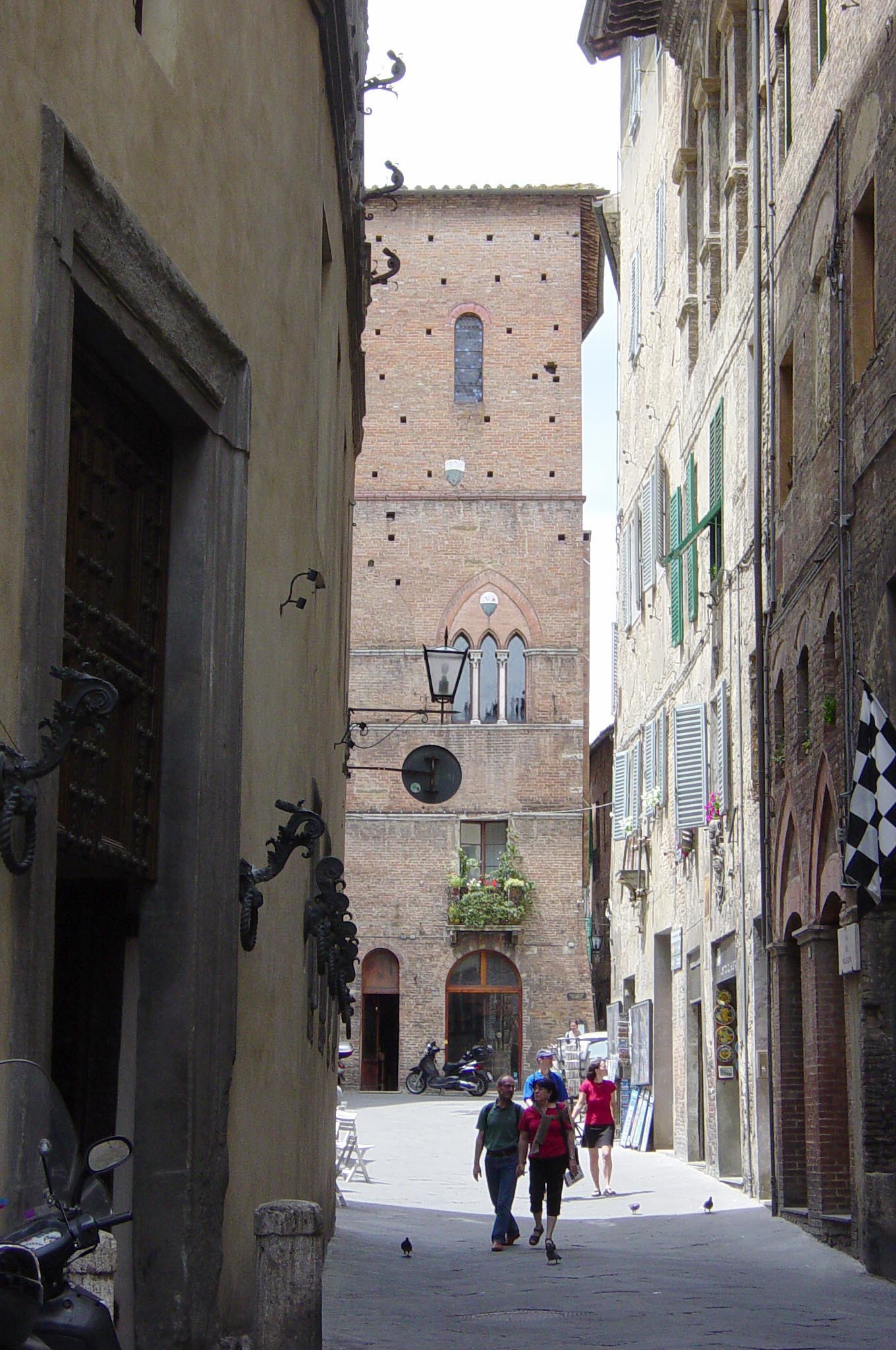Tonight I’m just going to tell a quick story about Chianti.
The past couple of weeks I’ve been talking a lot about my love affair with Tuscany. Instead of Dante’s circles of Hell, my visit was like ascending circles of Italian Heaven. First it was Florence, then Siena, and finally, Chianti.
As much as I love all the sites and sounds a city offers, I don’t feel like I can really breathe or relax until I get into the countryside.
On that trip in 2004, my family and I stayed at Castello di Meleto. The nearest town was Gaiole in Chianti, so we were right in the heart of, well, Chianti.
The castle itself was beautiful, perched on a hill overlooking a rolling landscape and lush, green fields. I absolutely love this place. Our room, the people, the grounds, the castle, the vistas. Everything.
Meleto has a long, winding driveway lined by cypress trees that snakes back and forth, showing off the neighboring landscape and the castle’s vineyard.
My mom was a seasoned runner who always ran in the mornings on our trips. I had just taken up running and the view was pretty enough that I could be fairly easily roused from my deep slumbers—just one snarl instead of the usual ten—and happily go running.
Our route was quick and easy. We would just run down the driveway and back. It wasn’t all that long, but it was enough to help wake us up and make us realize how fantastic life was at that very moment. You know, to really get the blood pumping and experience all the great things about being alive, healthy, and able to take in the views when everyone was still asleep. Glorious!
I can’t remember which family member found this out, but we learned that Sting had a property and yoga retreat in Chianti called Il Palagio. We weren’t exactly sure where it was, but we thought it was very close. In reality, it’s 30 km/nearly 19 miles and probably an hour away on Chianti's maze-like roads near a town called Figline Valdarno.
So one morning we ran down the hill, giggling about Sting and belting out "Roxanne." We knew he would hear us and invite us to some yoga and dinner. Oh, yes.
We were always peppy starting out, seeing as it was all downhill. On the way back up, however, we tended to shut-up as our lungs and legs started to burn. I took to running up the drive as fast as I could, just to get the pain over and done with.
This continued a couple of times until one morning, on the way down, we saw Sting at the bottom of the hill with a baseball bat.
"Shut-up, already. I'm trying to sleep," he yelled with furrowed brow and fire in his eyes. "I will put out your red light, capisce?"
Kidding.
He was at the bottom of the hill with a bottle of wine and a yoga mat, praising our running and singing skills.
Oh, right. That's not true, either.
Actually, we heard the sound of machinery.
“Hmm what’s that?”
“Dunno.”
The beautiful, tall cypress trees obscured our view of the offending noise.
Whatever it was got closer as we rounded the hairpin turns further and further down the hill, until the vineyard was in view.
Suddenly, we realized it was a huge tractor and it looked like it was spraying something.
“Ahhhhh! Nooooo! Pesticides?!?” (I don’t really know if they actually were pesticides. Thinking back it might have been dust but I distinctly remember being convinced it was some kind of spray.)
The cloud started to float toward us. Immediately, we turned around and began running back up the hill.
I held my breath and pulled the front of my tank-top over my nose and mouth and sprinted as fast as I could, leaving my mother behind.
Once at the top we laughed a lot and, then, my mom yelled at me for dropping her like a sack of potatoes. (Sorry mom! I was running for help, I swear.) Fight or flight? I "flighted." Big time.
And that’s the story of how I began my running and singing career in Chianti.
I’ll be sure to do some more posts about Chianti and Castello di Meleto, so stay tuned. Come to think of it, that part of my trip was completely chock full of great, memorable experiences. It’s the place to go, I tell ya.























